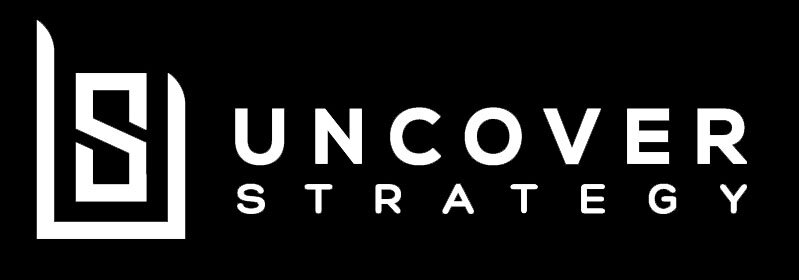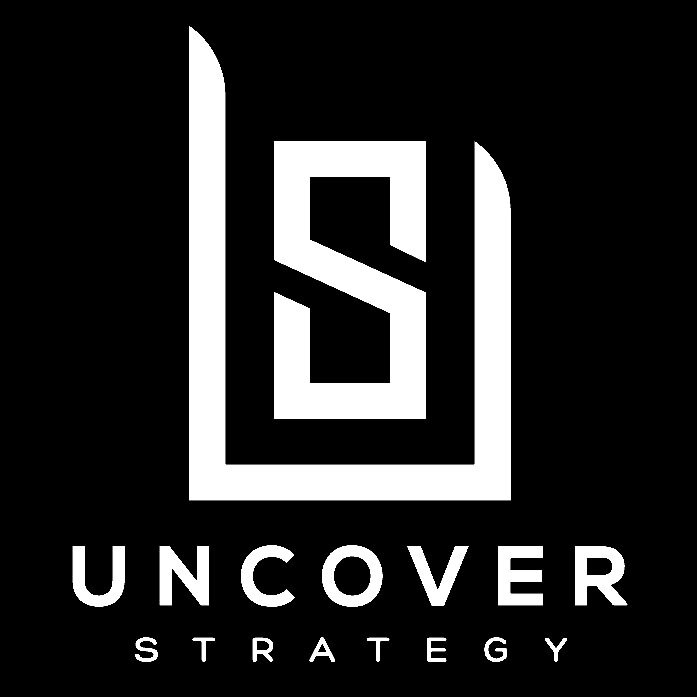Losing your AI Fear: Lessons from a Taiwanese Night Market
Losing fear.
Findings of a recent article by Krakowski, S., Luger, J., & Raisch, S. (2023) titled Artificial intelligence and the changing sources of competitive advantage suggest something strange.
Yes, some AI engines are better than humans today. We kind of already knew that (e.g., IBM Watson). But there was something much more interesting to it discussed in the findings.
The authors of the article published in the Strategic Management Journal suggest that, while current AI technology may replace some domain-specific knowledge as a general-purpose technology (e.g., chess), new sources of competitive advantages could stem from human-machine interaction, forming new capabilities.
In short, it suggests humans and AI working together might profit businesses the most. The business locus of sustainable advantage would neither be human nor machine capabilities but what humans do with these capabilities.
Read on to discover what this means and how this knowledge could help you think differently about AI, lose your fear, and start using it in your organisation today.
Example: AI in Radiology
So, where does AI shine today? Where does it successfully outperform us humans? And where does it perhaps create competitive advantages today?
An often-used example of successful AI is its current abilities in radiology. In radiology, AI today is spotting cancer more accurately than trained radiologists. For example, today, AI can help detect breast cancer that doctors might have otherwise missed (NYT, 2023).
One of the reasons why AI can outperform humans today is its superior ability to recognise patterns across a larger dataset. For example, a specialised doctor may need to see hundreds of scans to learn and predict potential brain cancer in current patients. On the contrary, AI can be fed an almost limitless amount of scans to process training the model. These two reasons alone increase accuracy tremendously.
Source: giphy.com, 2023
Now, this raises the question - is the doctor or radiologist still necessary in the equation?
In my view, the answer to this question is: absolutely.
If we look again at the recent findings in the study first mentioned, AI yields its highest results and currently seems to be best utilised alongside working alongside humans. In the case of a doctor or radiologist, this means two things. First, the radiologist should boast the technical and domain-specific knowledge to verify the machine’s findings and spot any errors it might produce. Second, and maybe more importantly, he is the one providing a human touch that AI can not replicate. And, because AI hopefully saved him time that he no longer spends on analyzing data, he might be much more free to concentrate on the human dimension of his work.
Did doctors ever seem stressed when you walked into their office? When they are seeing 20-40 patients a day? Imagine freeing up their time to concentrate more on you, their patient.
How can you take advantage of this in your business?
Now, if you are a small or medium business, chances are you are not working in the field of radiology (lots of investment required!). So, how is this useful to you?
Though we are still trying to figure out this whole AI thing, and research findings are constantly emerging, I imagine there might currently be three key insights useful for your business:
Insight #1: Recognise “Human-Machine Power”
According to Rob Thomas, senior vice president of the IBM cloud and data platform, “AI is not going to replace managers, but managers that use AI will replace those who do not”. This means developing the understanding that you can re-establish or create a sustained competitive advantage by using AI alongside your existing skillset, which can place you in a better position than your competitors. …
A type of machine that will soon “go” - with or without humans?
Source, Simon Beuse, 2021, Brisbane Botanic Gardens
Insight #2: Explore Your Options - Lose Your Fear
We already discussed in a different article that you need to trial and error your options. This can mean encouraging you or your staff to use the new tools (though warn them about its ethics and security implications). Another step could be contacting AI implementation agencies who analyse your business to see where AI could help you in your processes and analysis in your firm - (sorry for the spam - but we do this!).
Exploring can also help you lose your fear of something. Psychologists refer to a method specifically designed to help people confront their fear as “Exposure Therapy”. The gist? Once you confront your “fear”, you lose it.
This reminds me of the time when I was so lucky to meet up with friends in Taiwan (both are commercial pilots by now) that I met in Adelaide. Facing my fears allowed me to experience unique foods.
Try out some new things, like I did at the Taiwanese Shilin Night Market in Taiwan (there was some real good stuff!).
Source: Simon Beuse, 2019, Shilin Night Market, Taiwan
During my time in Taiwan, I had the incredible opportunity to explore and challenge my taste buds. Two distinct experiences helped me let go of my fear of weird food. The first was an adventurous night out in the lively night market, accompanied by my friend Jessica. With her encouragement, I tried an array of exotic delicacies and discovered the most unique flavours that I had never experienced before. It was a true feast for the senses. The second encounter was when I was invited by my friend Nick and his family to a traditional restaurant. Curious yet cautious, I inquired about the mysterious dish before partaking. However, they assured me they would reveal the ingredients after we had eaten. The food turned out to be absolutely delicious, and this breakthrough moment allowed me to trust in the culinary adventure and embrace new and unknown flavors. I am immensely grateful to both Jessica and Nick's families for their guidance and support, as their encouragement helped me overcome my fear and open the door to a world of culinary possibilities.
Thank you so much, Jessica, for showing me the night market, temples and so many more places. Hope to see you in Germany one day!
Source: Simon Beuse, 2019, Taiwan
Thanks a ton, Nick, for showing me the secret walk to get that fantasic view of the 101. See you one day in Germany?
Source: Simon Beuse, 2019, Taiwan
Insight #3: Prompt Better
If you explored some options, you will undoubtedly have come across ChatGPT. These natural language-processing tools work better if you give them more information but also instruct them better. Learning how to prompt these tools well is a skill that might pay off well at this point in time.
Consider this example below.
What a welcome for new students at an Australian university campus. Stay alert, friends!
Source: Simon Beuse, The University of Queensland, St. Lucia, 2023
Let’s assume you want to redesign the board above and include some tips. You might prompt something like this.
Notice something? The answer might not be precisely what you are looking for. Lengthy. Not really suitable to be placed on a big board on campus, right? So how can you get a better result?
See the revised version below and notice the output.
So, what exactly is different here? Let’s break it down.
First off, there is much more information. ChatGPT has more information to go by. But there is more to it.
Secondly, you specify the output. You give specific information and say what you want (catchy title, include the three most significant tips).
Then, you specify the tone. This can make a huge difference in altering text for your audience. Do you want it formal? Do you want your text to be relaxed? Include these things in your prompt.
For some top tips on prompt better, check out this article from wired.com.
Conclusion:
I am trying to say simply: Try out some new things. Lose your fear. Get started.
AI is not the ultimate cure. And we still don’t know where we are heading or, ultimately, exactly how AI will play out in our daily lives. However, I encourage you to try tools to help your business today. If you can figure out what exactly works for you and combine AI tools with your unique knowledge, you may become the go-to for your customers and grasp that competitive advantage.
Don’t know where to start? Do you have any questions or are simply seeking some free tips on where you could concentrate? Feel free to schedule a complimentary discovery session or contact us. We would love to hear from you.










